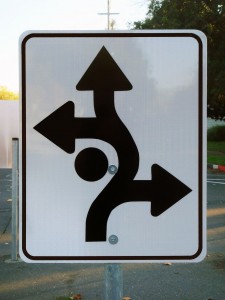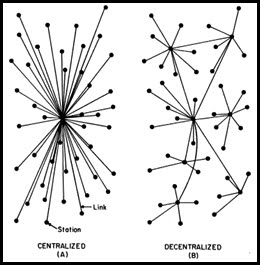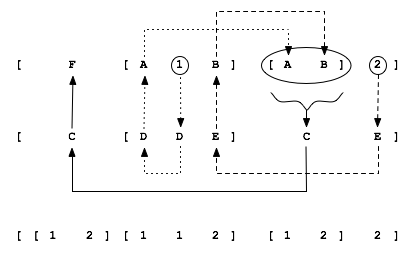The question of the party, broadly understood as the nature and relation to the working class of its political organisational form, whether we call it a party or not, has produced a fecund and abundant literature within Marxism and elsewhere on the radical left.4 There are good reasons to ponder such things as the form of organisation of the class, the way it should relate to it, and to other non-political class organs such as unions, etc. However, I think this debate has been hampered by certain historical controversies5 that, although in my view no longer relevant to current issues, keep focussing attention, to the detriment of more operational concerns. So I don’t intend to rehash arguments on the vanguard, the mass party, or the “genuine” Bolshevik form, but instead I will consider what our party needs, here and now. This does not of course mean being oblivious to previous historical experience, but it does require a certain psychological distance from sectarian concerns. Whether this or that position was or not correct at a given time and place is less relevant than what we should be doing to create a political organ to represent our class.
It’s possible that I will be accused of trying to create overly detailed schemas, of ignoring the lessons of history, or of a certain technocratic bent. All these accusations are nothing less than I expect, and I’ll contest them by saying that what the class needs now is a clear direction towards a well-defined organisational form, that this form must be the appropriate one for this particular moment, and that it’s the hallmark of our class at its best to innovate not only in the content of our demands, but in the way we organise ourselves to attain them. The conspicuous use of agitprop, clandestine printing presses, illegal party organs of opinion, cell structures, and so on, demands nothing less from us than our best in utilising whatever means of organisation, persuation and resistance we may obtain, and such means are to be sought–and found–in the realm of information technology and its yet unleashed revolutionary potential.
Continue reading →












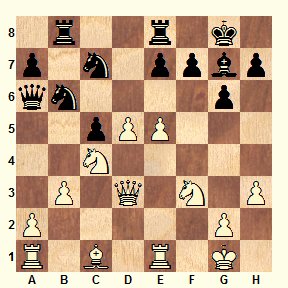

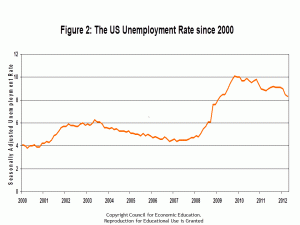
 A socialist Labour Party government has finally come to power in Britain. Harry Perkins, a third generation communist, wins the position of Prime Minister. He and his cabinet immediately embark on a programme to break up media monopolies, nationalise industry, declare military neutrality and make radical steps towards government transparency. Civil society is sent into a tumult as the media lambasts his government and industry and the secret state colludes to ensure that no serious changes in the social order take place.
A socialist Labour Party government has finally come to power in Britain. Harry Perkins, a third generation communist, wins the position of Prime Minister. He and his cabinet immediately embark on a programme to break up media monopolies, nationalise industry, declare military neutrality and make radical steps towards government transparency. Civil society is sent into a tumult as the media lambasts his government and industry and the secret state colludes to ensure that no serious changes in the social order take place.
